Medical Staff on Board Ocean Liners
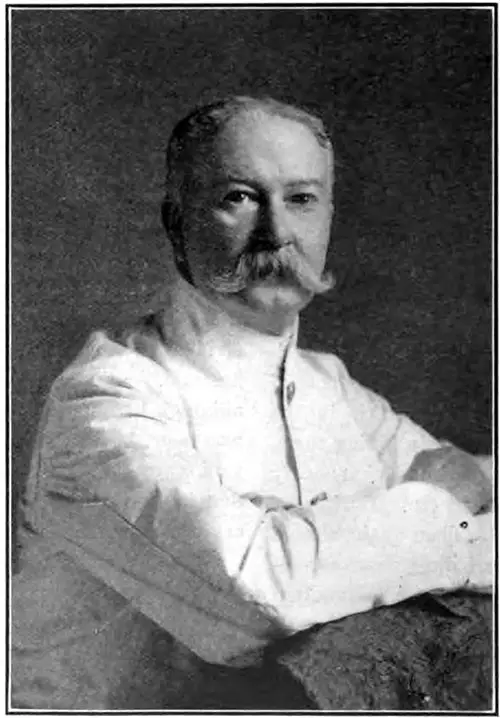
Dr. William Francis Norman O'Loughlin, Sr. Surgeon Abord the RMS Titanic. GGA Image ID # 17b888fc14
Doctor on Board
The doctor is responsible for the health of every person on board the ship, and also for every steerage passenger, who must undergo the doctor's scrutiny so as to guard against infectious diseases being introduced into the vessel.
The practice of examining the physical condition of emigrants at the time of embarkation is one of long-standing at some European ports.
In the earlier days, and in fact, until quite recently, the purpose of the inspection was merely to protect the health of steerage passengers during the ocean voyage.
The Belgian law of 1843 provided that in case the presence of infectious disease among passengers was suspected, there should be an examination by a naval surgeon in order to prevent the embarkation of afflicted persons.
The British steerage law of 1848, the enactment of which followed the experiences of 1847, when thousands of emigrants driven from Ireland by the famine died of ship fever, provided that passengers should be examined by a physician, and those whose condition was likely to endanger the health of other passengers should not be permitted to proceed.
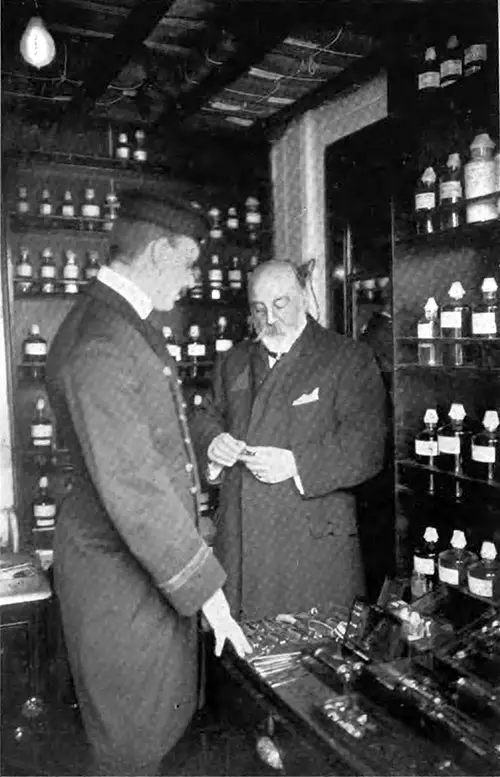
Inspecting the Ships' Dispensary with the Medical Officer Prior to Departure on Transatlantic Voyage circa 1908. GGA Image ID # 17d9300257
Similar laws or regulations became general among the maritime nations and are still in effect. The situation is also affected somewhat by provisions of the United States quarantine law, which requires American consular officers to satisfy themselves of the sanitary condition of ships and passengers sailing for United States ports.
The laws above referred to are intended to prevent the embarkation of persons afflicted with diseases of a quarantinable nature, and the only real and effective protection this country has against the coming of the otherwise physically or mentally defective is the United States emigration law, which, through rejections and penalties at United States ports, has made the transportation of diseased emigrants unprofitable to the steamship companies.
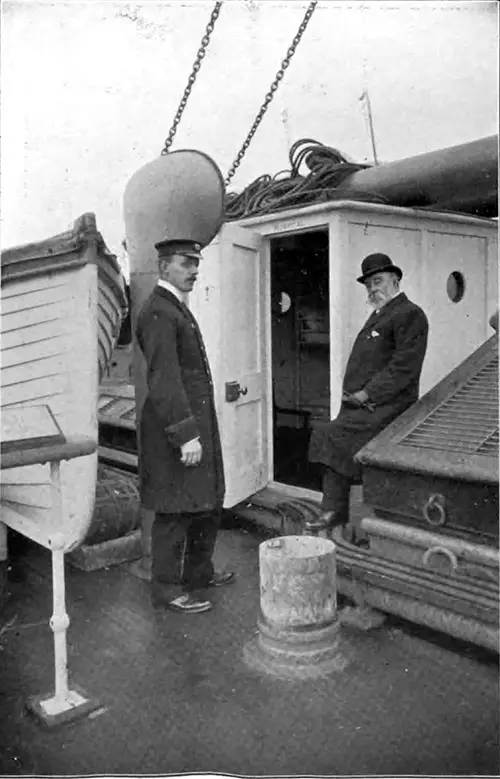
Inspecting the Infectious Hospital Located on the Boat Deck of an Ocean Liner Circa 1908. GGA Image ID # 17d9640fc9
This law is responsible for the elaborate system of examination which prevails at ports of embarkation and elsewhere in Europe at the present time.
Before the steerage passengers come on board they must be passed by the doctor. Passengers with contagious and suspected diseases are rejected, also chronic invalids and lunatics, unless they are being deported by the proper authorities.
The large steamship lines maintain special inspectors at various points in Europe, in order that the passengers may be vaccinated and otherwise inspected.
The doctor goes twice a day through all the compartments on board and examines every passenger. If wind and weather permit, the passenger must come on deck and pass the doctor.
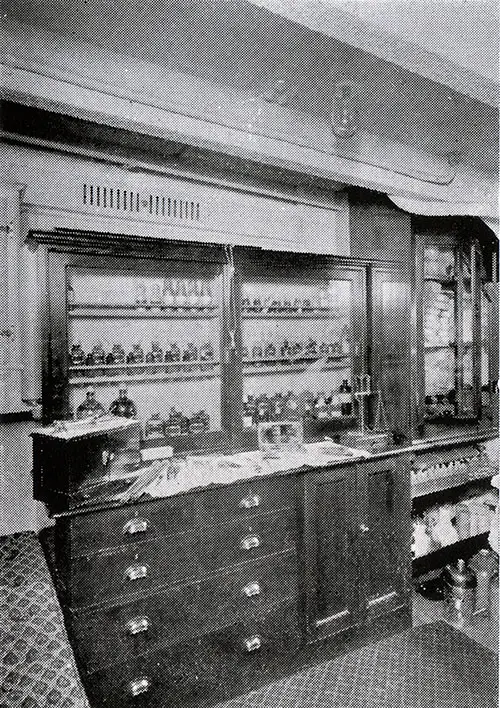
The Dispensary Where Medications Are Kept on the Cunard Line Laconia and Franconia Circa 1911. GGA Image ID # 17d57ef81d
A doctor on board dispenses the medicines himself, and an ample supply of drugs is at his disposal. A special room is provided as a dispensary. The greatest possible care is taken at the end of each voyage to fill up the stock which has been depleted.
The surgeon is authorized to make customary charges, subject to the approval of the Commander, for treating any passengers at their request for any illness not originating on board the ship.
In the case of sickness contracted on board no charge will be made and medicine will be provided by the Surgeon.
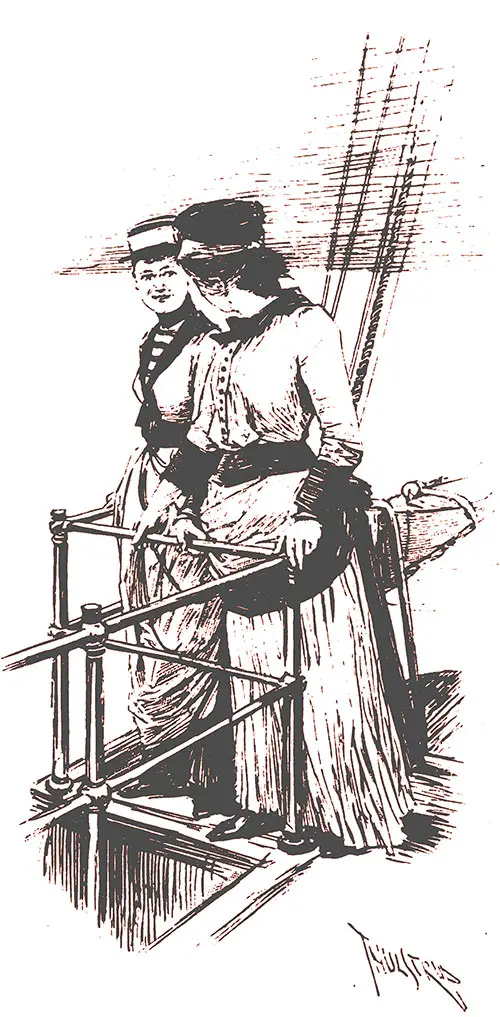
Nurses on a Steamer Relaxing on Deck. GGA Image ID # 17b8b79933
Nurse on Board
An experienced, trained nurse is carried by most large liners and is at the disposal of passengers who may become seriously ill.
By 1922, it was reported that almost every steamship vessel had a registered nurse. In past years, it had been customary for a stewardess to act as a nurse and aid the ship's surgeon.
Many nurses, especially those with the United States Lines, were trained in big hospitals, and practically every one of them had experience as an army nurse during the first world war.
Many of the passenger lists in the collections of the GG Archives listed private duty nurses that accompanied many of the wealthier patrons -- typically in First or Saloon class during the late 1800s and early 1900's possibly an indication of the availability of nurses supplied by the steamship companies during that era.
On some voyages, a nurse would be assigned to steerage to handle all but the most severe medical problems encountered in the steerage.
By 1910, a movement started to install a trained nurse on every ocean steamship. Within a decade, the movement succeeded in making sure a trained nurse or registered nurse was on board every steamship.
